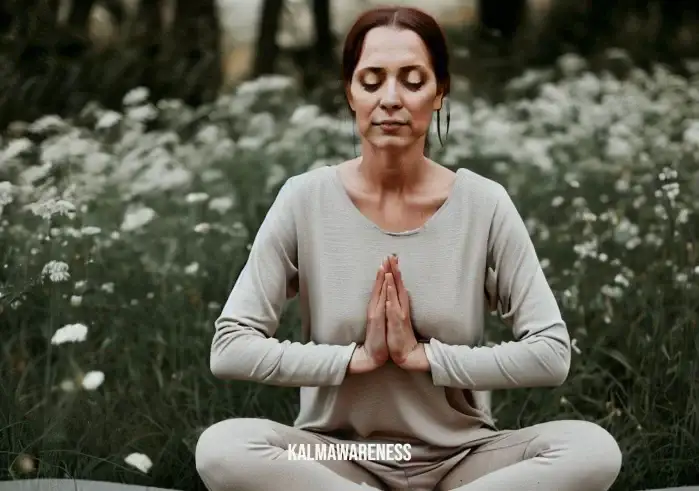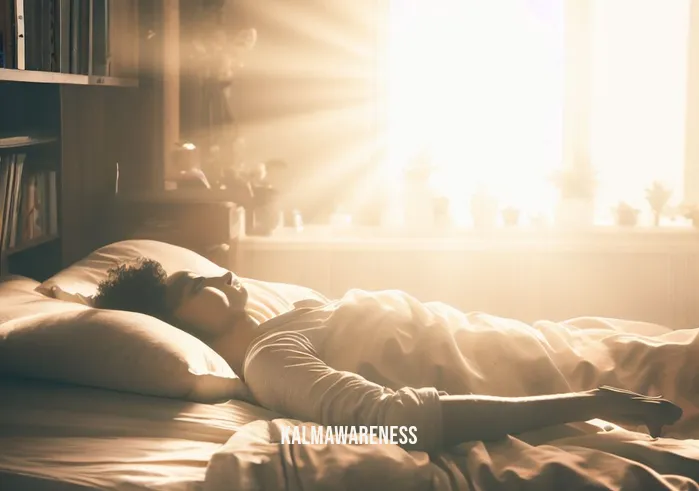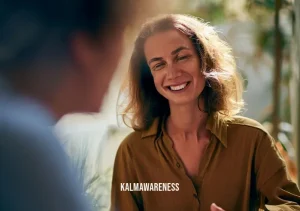Embracing Stillness and Inner Peace
Table of Contents
- Introduction
- Pose Description
- Benefits of Butterfly Pose Yin Yoga
- Step-by-Step Guide
- Conclusion
Introduction
Welcome to the enchanting world of yoga, where the union of body, mind, and spirit takes center stage. In this article, we delve into the graceful and deeply restorative Butterfly Pose Yin Yoga. Unfold your mat, find your inner calm, and let the transformative journey begin.
Pose Description
Butterfly Pose
Butterfly Pose, also known as “Baddha Konasana” in Sanskrit, is a seated posture that resembles the wings of a butterfly unfolding. This pose invites a gentle opening of the hips, allowing for increased flexibility and inner balance.
Original Name
Butterfly Pose Yin Yoga is a variation of the traditional Butterfly Pose (Baddha Konasana) and is specifically practiced in the Yin Yoga style.
Difficulty Level
This pose is suitable for practitioners of all levels, including beginners. Its simplicity and accessibility make it a great starting point for those new to yoga or seeking a gentle and meditative practice.
Pose Category
Butterfly Pose Yin Yoga belongs to the seated postures category. It focuses on grounding and introspection, making it an ideal choice for restoring harmony to both body and mind.
Exercise Duration
For beginners, aim to hold the Butterfly Pose Yin Yoga for 3 to 5 minutes. As you advance in your practice, gradually increase the duration to 5 to 10 minutes, allowing for a deeper exploration of stillness and relaxation.
Benefits of Butterfly Pose Yin Yoga
- Hip Opening: The gentle stretching of the inner thighs and hips in Butterfly Pose Yin Yoga promotes increased flexibility and mobility in these areas.
- Stress Relief: This pose encourages deep relaxation, helping to release tension and promote a sense of calm and tranquility.
- Energetic Balance: By stimulating the sacral chakra, Butterfly Pose Yin Yoga assists in harmonizing the flow of energy throughout the body, fostering a sense of vitality and balance.
- Mindful Awareness: Through the gentle surrender and introspection of this pose, practitioners can cultivate mindfulness and connect with the present moment.
- Supports Digestion: Butterfly Pose Yin Yoga stimulates the abdominal organs, aiding in digestion and relieving discomfort in the digestive system.
Continue reading in Part 2 of the article, where we’ll explore the step-by-step guide to practicing Butterfly Pose Yin Yoga and delve deeper into its profound benefits. Let the journey of self-discovery and inner peace unfold.
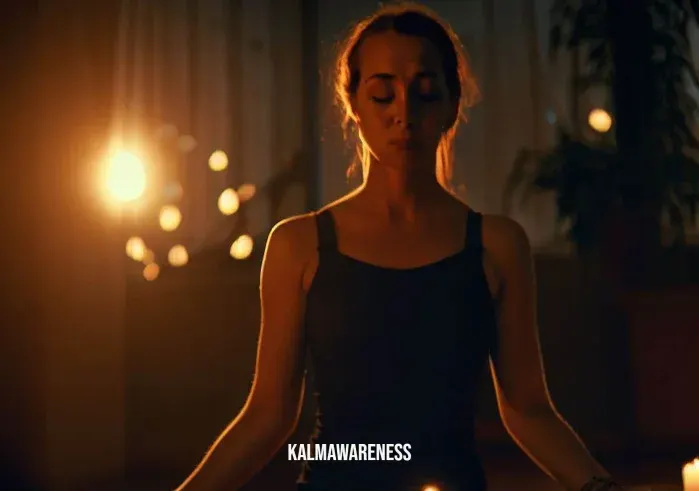
Exploring the Benefits and Variations of Butterfly Pose Yin Yoga
Welcome back to our journey into the serene realm of Butterfly Pose Yin Yoga. In this chapter, we delve into the profound benefits of this pose, discover who can benefit from its practice, and explore variations that cater to practitioners of different experience levels.
Benefits of Butterfly Pose Yin Yoga
Butterfly Pose Yin Yoga offers a multitude of benefits for the body, mind, and spirit. Let’s explore the transformative effects of this graceful posture:
Deep Hip Opening
As you settle into the gentle forward fold of Butterfly Pose Yin Yoga, your inner thighs and hip muscles are gently stretched and stimulated. This deep hip opening not only enhances flexibility but also releases tension and stagnant energy, promoting a sense of lightness and freedom in the hips.
Enhanced Relaxation and Stress Relief
Butterfly Pose Yin Yoga is a profoundly calming posture that induces a state of deep relaxation. As you surrender into the pose, your nervous system activates its relaxation response, easing tension and reducing stress. The slow, meditative nature of Yin Yoga cultivates a peaceful state of mind, allowing you to let go of worries and anxieties.
Stimulation of Connective Tissues
Through the prolonged holding of Butterfly Pose Yin Yoga, you provide a gentle stress to the connective tissues, such as ligaments and fascia, surrounding the hips and groin area. This stimulation encourages the tissues to become more resilient and supple, supporting overall joint health and mobility.
Emotional Release and Energetic Balance
Butterfly Pose Yin Yoga helps create a safe space for emotional release and inner exploration. As you hold the pose, you may encounter stored emotions or energetic blockages, which can be gently released and harmonized. The grounding nature of the posture and its focus on the sacral chakra facilitate the flow of vital energy, fostering emotional balance and rejuvenation.
Cultivation of Mindfulness and Presence
The stillness and introspection of Butterfly Pose Yin Yoga provide an ideal opportunity to cultivate mindfulness and present-moment awareness. As you gently direct your attention to the sensations, thoughts, and emotions arising in the body, you develop a deep sense of connection with yourself and the present experience.
Who Should Avoid Butterfly Pose Yin Yoga?
While Butterfly Pose Yin Yoga is generally accessible and beneficial, there are a few instances where caution is advised. It is recommended to avoid or modify the pose if you:
- Have a recent or chronic hip or knee injury: If you’re experiencing pain or discomfort in the hips or knees, it’s essential to consult with a qualified yoga teacher or healthcare professional before attempting Butterfly Pose Yin Yoga. They can guide you on suitable modifications to prevent further injury.
- Are pregnant: During pregnancy, the ligaments in the body become more relaxed, which can lead to instability in the pelvic area. It is advisable to avoid deep hip-opening poses like Butterfly Pose Yin Yoga or practice them under the guidance of a prenatal yoga specialist who can provide appropriate modifications.
- Have sacroiliac joint issues: If you have sacroiliac joint dysfunction or instability, the deep hip opening in Butterfly Pose Yin Yoga may exacerbate the condition. Consult with a healthcare professional or experienced yoga teacher for alternative poses or modifications that support your specific needs.
Variations of Butterfly Pose Yin Yoga
Butterfly Pose Yin Yoga can be adapted to accommodate different levels of experience and physical abilities. Here are variations that you can explore based on your individual needs:
Supported Butterfly Pose
Using props such as bolsters, blankets, or blocks, you can provide additional support to your knees and hips in Butterfly Pose Yin Yoga. This variation is particularly beneficial for beginners or individuals with limited flexibility, as it allows for a more comfortable and gentle experience.
Extended Butterfly Pose
To deepen the stretch in your hips and inner thighs, you can gradually fold forward from the hips in Butterfly Pose Yin Yoga. This variation intensifies the sensation and encourages a deeper release in the targeted areas.
Reclining Butterfly Pose
For practitioners who find sitting upright challenging or prefer a more passive experience, Reclining Butterfly Pose offers a relaxing alternative. Lie on your back, place the soles of your feet together, and allow gravity to gently guide your knees towards the ground. This variation provides a similar hip-opening effect while offering support to the entire body.
Continue the transformative journey in Part 3, where we will uncover additional variations and modifications of Butterfly Pose Yin Yoga, enabling you to personalize your practice based on your unique needs and aspirations.
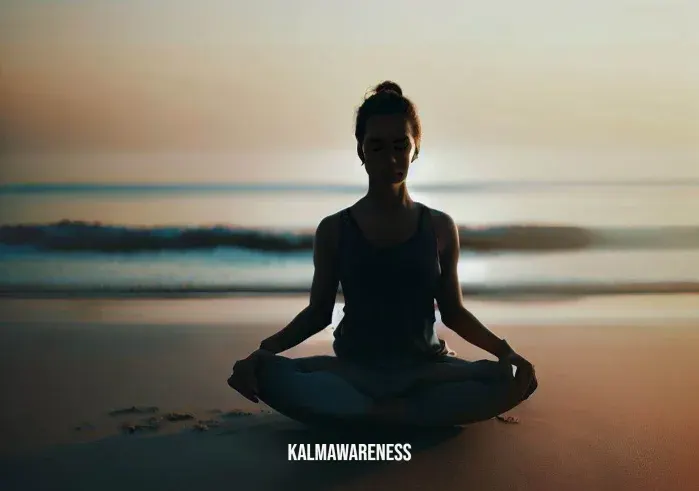
Unveiling the History, Spiritual Significance, and Enhancements of Butterfly Pose Yin Yoga
Welcome to the final chapter of our exploration into the transformative world of Butterfly Pose Yin Yoga. In this segment, we delve into the rich history of the pose, its spiritual significance, valuable tips to deepen your practice, common mistakes to avoid, modifications for individuals with injuries or limited flexibility, and complementary poses to enhance your yoga journey.
The History of Butterfly Pose Yin Yoga
Butterfly Pose Yin Yoga has roots in ancient yogic traditions and is believed to have originated in India. Throughout the centuries, the practice of this gentle hip-opening posture has evolved, adapted, and been embraced by various yoga lineages. Its popularity stems from its ability to cultivate stillness and promote harmony in the body and mind.
The Spiritual Significance of Butterfly Pose Yin Yoga
Beyond its physical benefits, Butterfly Pose Yin Yoga holds profound spiritual symbolism. The posture represents the delicate and transformative nature of the butterfly, signifying the journey of personal growth, rebirth, and the awakening of the soul. As you surrender into this pose, you are invited to embrace the process of inner transformation and connect with the deeper aspects of your being.
Tips for Getting the Most Out of Butterfly Pose Yin Yoga
To fully immerse yourself in the beauty and tranquility of Butterfly Pose Yin Yoga, consider incorporating the following tips into your practice:
- Find a comfortable and quiet space: Choose a serene environment that allows you to focus inward and create a peaceful atmosphere for your practice.
- Use props for support: Utilize blankets, bolsters, or blocks to provide support and ensure optimal alignment during the pose. Props can enhance relaxation and enable you to stay in the posture for longer periods.
- Cultivate a gentle and non-striving attitude: Yin Yoga invites a soft and receptive approach. Release the need to achieve or force the pose and instead embrace a sense of surrender and acceptance.
- Focus on your breath: Direct your attention to the natural rhythm of your breath. Allow each inhale and exhale to guide you deeper into a state of relaxation and presence.
- Gradually deepen the stretch: Respect your body’s limitations and avoid pushing beyond your comfortable edge. Slowly and mindfully deepen the stretch as your body allows, respecting its unique needs and boundaries.
Common Mistakes to Avoid
To ensure a safe and effective practice, be mindful of the following common mistakes:
- Overstraining the knees: Avoid excessive pressure on the knees by gently guiding them towards the ground without forcing them. Listen to your body’s signals and adjust the pose accordingly.
- Slouching the back: Maintain an upright posture to protect the integrity of your spine. Engage your core muscles to support a tall and elongated spine throughout the pose.
- Holding tension in the neck and shoulders: Soften the muscles of your neck and shoulders, allowing them to relax and release any accumulated tension. Keep the focus on the hip-opening aspect of the pose.
- Neglecting the breath: The breath is a powerful tool for relaxation and grounding. Avoid holding your breath or allowing it to become shallow. Instead, breathe deeply and consciously throughout the pose.
Modifications for Individuals with Injuries or Limited Flexibility
Every body is unique, and modifications can be made to accommodate individual needs. Consider the following modifications for individuals with injuries or limited flexibility:
- Use props for added support: Place blocks or folded blankets under the knees or thighs to provide support and alleviate pressure on the hips and knees.
- Elevate the hips: If sitting on the floor is uncomfortable, sit on a folded blanket or bolster to elevate the hips and reduce strain on the lower back and hips.
- Modify the angle of the legs: Adjust the angle between the feet and groin to find a position that is comfortable for your body. Gradually increase or decrease the distance between your feet as needed.
Complementary Poses to Enhance Your Practice
To enhance the benefits of Butterfly Pose Yin Yoga and create a well-rounded practice, consider incorporating the following complementary poses:
- Child’s Pose (Balasana): This gentle forward fold stretches the lower back and hips, complementing the hip-opening aspect of Butterfly Pose Yin Yoga.
- Seated Forward Bend (Paschimottanasana): This pose offers a deep stretch for the entire back of the body, including the spine, hamstrings, and calves.
- Reclining Bound Angle Pose (Supta Baddha Konasana): Lie on your back with the soles of your feet together, allowing a gentle opening of the hips and inner thighs.
As you integrate these complementary poses into your practice, remember to listen to your body and honor its unique needs and limitations.
Conclusion
Congratulations on completing the enlightening journey through Butterfly Pose Yin Yoga. We have explored the historical and spiritual aspects of this graceful posture, learned valuable tips for a fulfilling practice, identified common mistakes to avoid, discovered modifications for individual needs, and explored complementary poses to enhance your yoga experience.
Remember, the practice of Butterfly Pose Yin Yoga is an invitation to embrace stillness, surrender, and transformation. May your continued exploration of this pose bring you deep peace, balance, and harmony.
